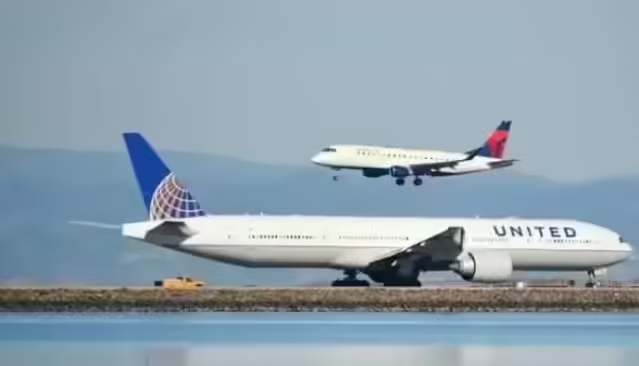In July 2024, United Airlines (UA) overtook Delta Air Lines (DL) to become the leading carrier for Europe-US routes, marking a significant shift in the competitive landscape of transatlantic air travel. This change is based on the number of available seats, a key metric for determining airline market dominance on these routes.
United Airlines, headquartered in Chicago, capitalized on post-pandemic recovery trends and strategic route expansions to surpass its rivals. Before the COVID-19 pandemic, Delta Air Lines consistently held the top spot, benefiting from a strong network and alliances. However, United’s recent investments in fleet modernization, increased frequency on key routes, and partnerships with European carriers have paid off, enabling it to capture a larger share of the lucrative transatlantic market.
Delta Air Lines now finds itself in the second position. Despite its robust global network and a strong brand presence, Delta has faced challenges, such as operational disruptions and intensified competition from both traditional and low-cost carriers, which have impacted its ability to maintain the leading position. Nonetheless, Delta remains a formidable player, with a significant market share and an extensive route network connecting major European cities to the United States.
Trailing behind United and Delta are Lufthansa and KLM. Both European carriers have traditionally been strong contenders in the transatlantic market but have seen their standings affected by shifting dynamics and increased competition. Lufthansa, Germany’s flagship carrier, continues to maintain a significant presence but faces operational challenges, while KLM, part of the Air France-KLM Group, has also focused on optimizing its transatlantic offerings amid competitive pressures.
Overall, United’s emergence as the top carrier for Europe-US flights reflects evolving dynamics in the aviation industry, where strategic decisions and adaptability to changing market conditions are key to maintaining and enhancing competitive positioning.
